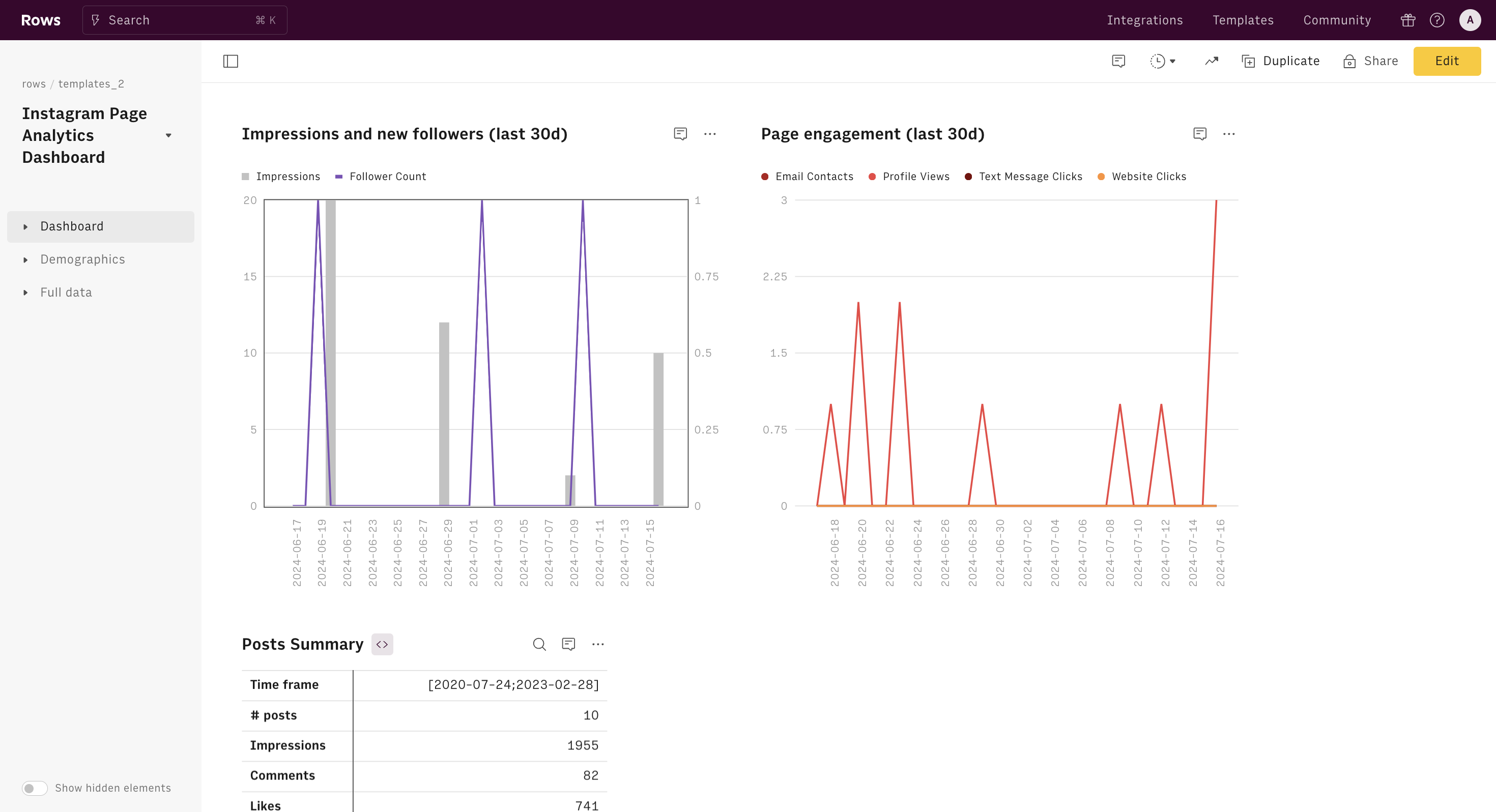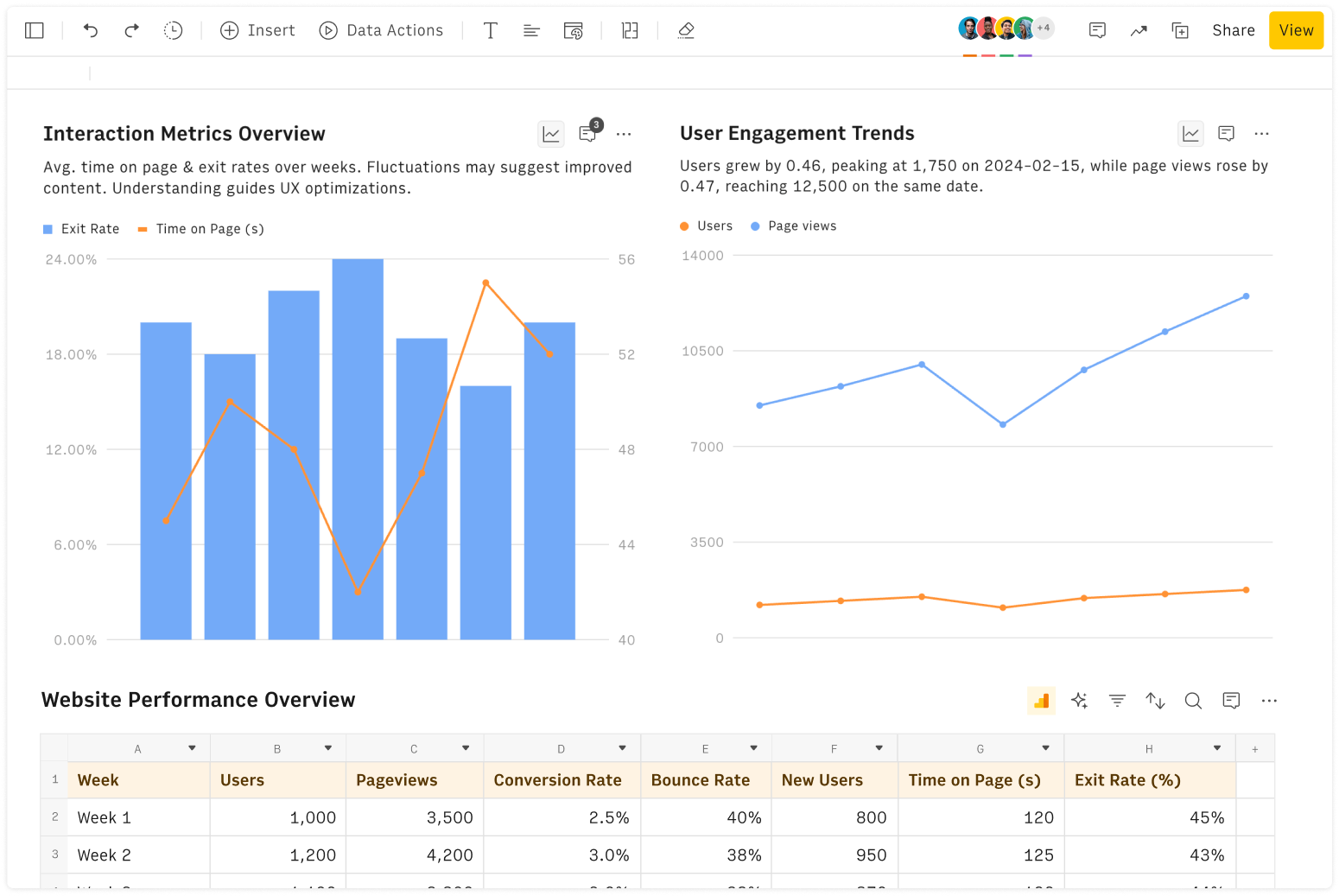The Referral Marketing ROI Calculator helps you assess the effectiveness of your referral marketing campaigns. With just five inputs, it provides you with an easy-to-understand metric that quantifies your return on investment (ROI).
Inputs Required:
Current user base: all existing users of your product
Referral rate: the share of your current user base who would be willing to refer friends, usually between 5% and 25%
Avg # referrals: the average number of friends referred by each referring user, usually around 2
Referral conversion rate: the average expected conversion rate of referees, usually higher than the average conversion rate because of the higher intent of the new users.
Average user LTV ($): the average lifetime value of your user, namely the present value of all payments by a user minus its acquisition cost
Marketing spend ($): any one-off accessory cost related to the campaign to launch and promote the referral program
Avg referrer reward ($): the average reward provided to the referring users, per referee, once the referee signs up.
Avg referee reward ($): the average reward provided to the referred users once they sign up.
For the program to be effective, the sum of the two rewards should be lower than the regular customer acquisition cost.
To calculate the ROI of your investment, you need to compute
1. The Total Investment, namely the reward you need to provide to referring users as an incentive, plus the marketing campaign needed to launch and promote the program. To be accurate, this should reflect all costs incurred by the company including those arising from referrals of already-referred users, and so on. To compute this 'compounded' effect we need to consider that this effect behaves as the following geometric series, starting from t=1 and coefficient K:
Total investment = Current user base * Avg referrer reward * (1/(1-K)-1) + Marketing Spend
where
K = (Referral rate * Avg number of referrals * Referral conversionrate)is usually below 1 (for the series to converge) and represents the actual portion of existing users who will receive the incentive, for each period.(1/(1-K)-1)represents the convergence value of the coefficient, as time passes.
2. The Expected Payoff, namely the additional revenue generated by referred users, net of the reward offered. Here too, the compounding effect should be taken into account, leading to the following formula:
Total investment = Current user base * (Avg LTV - Avg referee reward) * (1 / (1-K) -1) where
K = (Referral rate * Avg number of referrals * Referral conversionrate)is usually below 1 (for the series converges) and represents the actual portion of new users who will receive the incentive, for each period.(1/(1-K)-1)represents the convergence value of the coefficient, as time passes.
3. Finally, the ROI = (Expected Payoff - Total Investment) / Total Investment
A practical example:
Current user base | 50,000 |
Referral rate | 15% |
Avg # referral | 1.6 |
Referral conversion rate | 25% |
Avg user LTV | € 400 |
One-off marketing spend | € 5,000 |
Avg referrer reward | € 50 |
Avg referee reward | € 25 |
Calculating ROI:
Total investment =50,000*€50* (1/(1-K)-1) +€ 5,000=€ 164,574Total payoff =50,000 * (€400 - €25) *(1/(1-K)-1) =€ 1,196,809
where K = (Referral rate * Avg # referral * Referral conversion rate) = 6%. This means that out of 100 existing users, 6 new signups have been generated by the program.
3. ROI = (€ 1,196,809 - € 164,574) / € 164,574 = 6,27 627%
In this example, the Referral Marketing ROI Calculator reveals an ROI of 6,27 (or 627%), which means that for every dollar spent on the campaign, $6,27 was generated in new revenue.
Referral programs are at the core of any product-led growth strategy as they allow digital products to achieve sustainable growth by building a loyal user base through a network of satisfied users. They do so, by leveraging the power of word-of-mouth marketing to drive user acquisition and engagement. By incentivizing existing users to refer their friends and family to the product or service, referral programs can help companies rapidly expand their user base and increase user engagement. Referral programs are also cost-effective compared to other marketing strategies, as they rely on existing users to do the marketing for the company.
These three examples demonstrate the power of referral marketing in the tech industry:
Dropbox is a cloud storage company that has one of the most successful referral programs in the tech industry. Dropbox's referral program gives both the referrer and the new user 500 MB of additional free storage space when the new user signs up using the referral link. This program was so successful that it helped Dropbox increase its user base from 100,000 to 4 million users in just 15 months.
Uber is a ride-sharing company that also has a successful referral program. With Uber's referral program, users can give their friends a free ride worth up to a certain dollar amount. In return, the referrer will also receive a free ride worth the same amount. Uber's referral program helped the company grow exponentially, with the program being responsible for over 50% of all new users at one point.
Airbnb is a vacation rental platform that also has a successful referral program. With Airbnb's referral program, users can earn travel credits when they refer new users to the platform. The new user also receives a travel credit when they sign up using the referral link. Airbnb's referral program helped the company grow rapidly, with the program being responsible for over 25% of all new users at one point.







